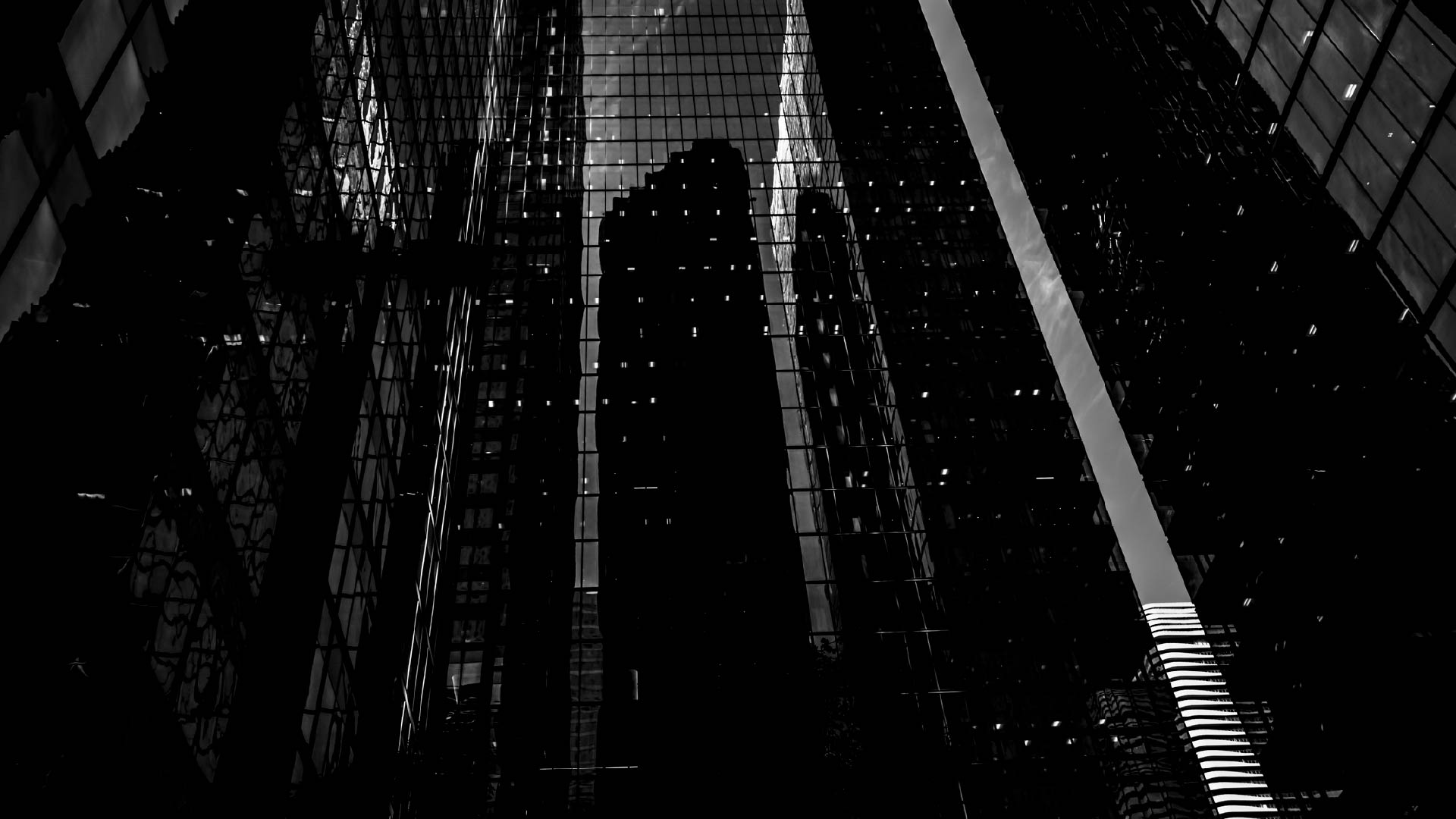Healthy Buildings: Fad Or Future?

Ben Hext
The COVID-19 pandemic has driven significant interest amongst facility managers in the role of indoor environments and building health in the spread of infectious diseases. A new slew of scientific research papers and health guidelines have encouraged firms to make air quality a central part of COVID-19 risk management and review ventilation strategies. For example, in 2020, ASHRAE updated its guidance to recommend that all commercial building types use HVAC filters with a minimum efficiency reporting value (MERV) rating of 13, which is at least 85% efficient at capturing particles from 1 micrometre to 3 micrometres in size.
Before the pandemic, the healthy buildings agenda was slowly emerging due to a growing evidence base highlighting the business benefits. For example, research conducted at the Harvard T.H. Chan School of Public Health found that doubling the standard-specified indoor ventilation rate of 20cfm/person increases employee cognitive function, equivalent to a salary increase of $6,500 per employee per year. Healthy buildings also have the potential to add value to asset owners. A 2020 MIT study found that in the US, healthy buildings achieve a rental premium between 4.4% and 7.7% more per square foot than similar nearby non-certified and non-registered properties. But wide-scale interest floundered given the lack of urgency drivers.
As the pandemic forces firms to review building health and air quality, building technology providers have rapidly brought new products to market. In May 2020, Honeywell launched a healthy buildings product suite that consists of technologies to monitor and improve indoor air quality, safety, security, sanitation and compliance. JCI launched its OpenBlue Healthy Buildings module in August 2020 to help building managers support the return to work with contact tracing, social distancing monitoring, space utilization and mapping, and indoor air quality monitoring. In March 2021, Infogrid released its Healthy Buildings System, which monitors air quality, occupancy, cleaning, water safety and occupant satisfaction.
In the near term, this market is set to benefit from an injection of public funding. In October 2020, the German government announced €500 million ($602 million) of funding for improving ventilation systems and air quality monitoring in public buildings. Each public building can claim up to €100,000 to upgrade air conditioning systems and implement air quality sensors. In the US, Biden announced a COVID-19 relief bill with $170 billion for modernizing schools, including ventilation enhancements. In the UK, the government’s Public Sector Decarbonisation Scheme launched in 2020 is already being spent on ventilation upgrades.
But the multi-million dollar question for smart building vendors is: will the healthy building trend be a fad, or will it outlive the pandemic? So far, there are promising signs that the healthy buildings trend will outlive the pandemic but as part of a broader programme. Healthy buildings are already becoming a significant part of social and investors, boosting uptake. Also, for landlords, healthy buildings are converging with tenant engagement programmes. For example, a 2021 study by the Center for Active Design, UNEP FI and BentallGreenOak of real estate investors found that 87% of respondents reported an increase in demand for healthy buildings within the past 12 to 24 months, and 92% expect the demand to grow over the next three years. For long-term success, vendors must develop healthy building product lines with applications beyond the pandemic, such as occupant health and tenant engagement.
To learn more about potential partnership opportunities for this market, read our report: 10 Exciting Indoor Air Quality Technologies To Watch In 2021.
About The Author

Ben Hext
Industry Analyst





